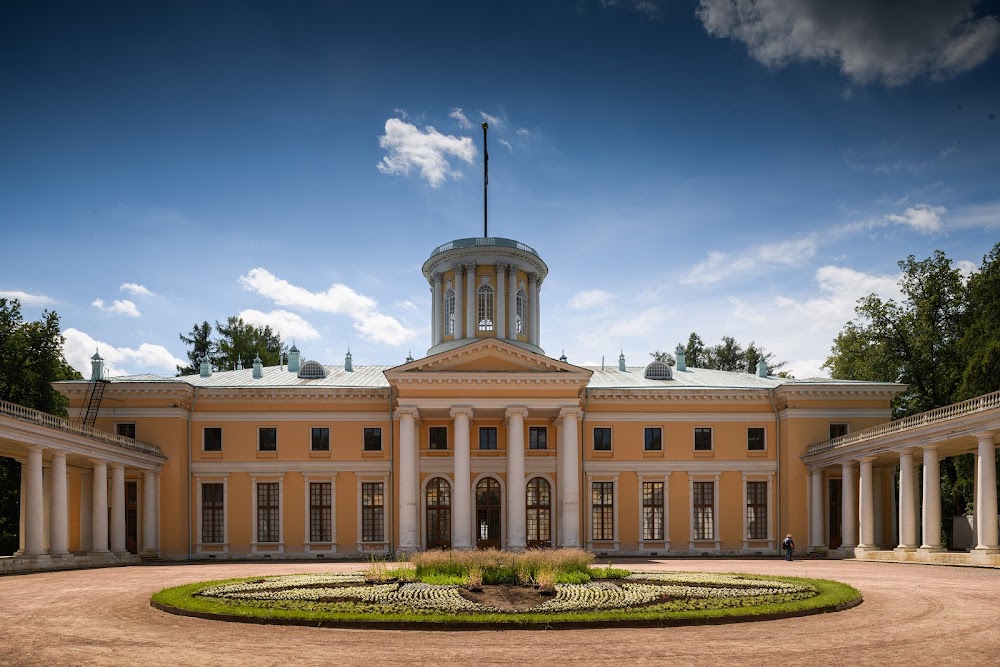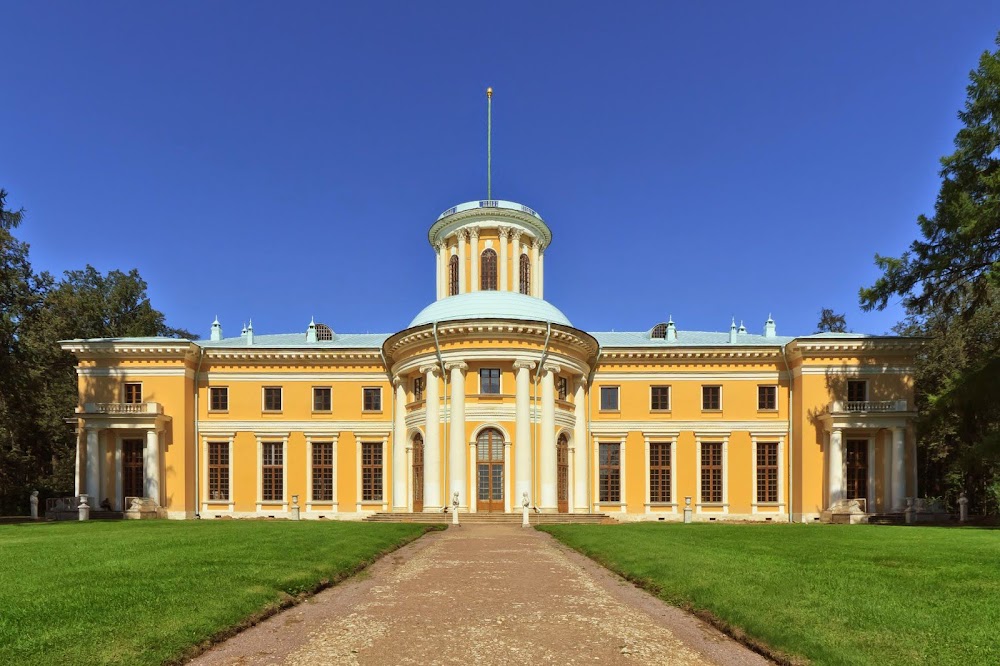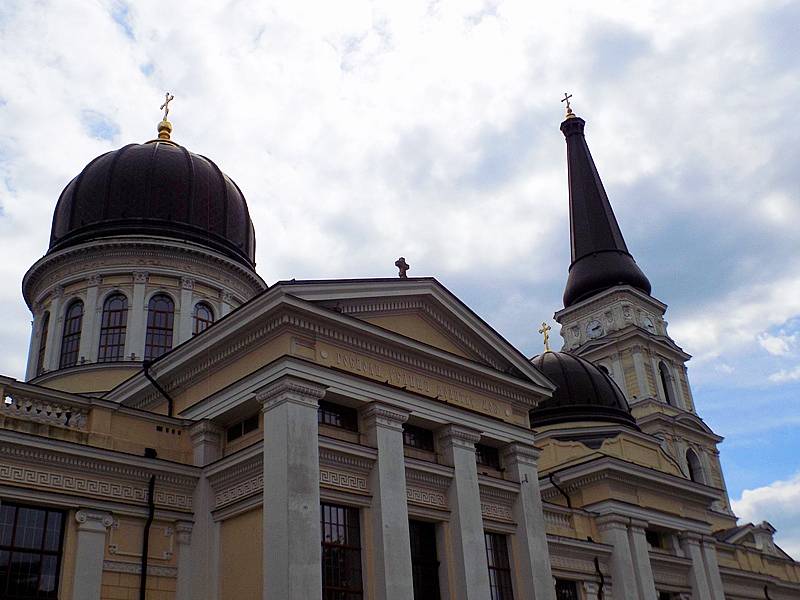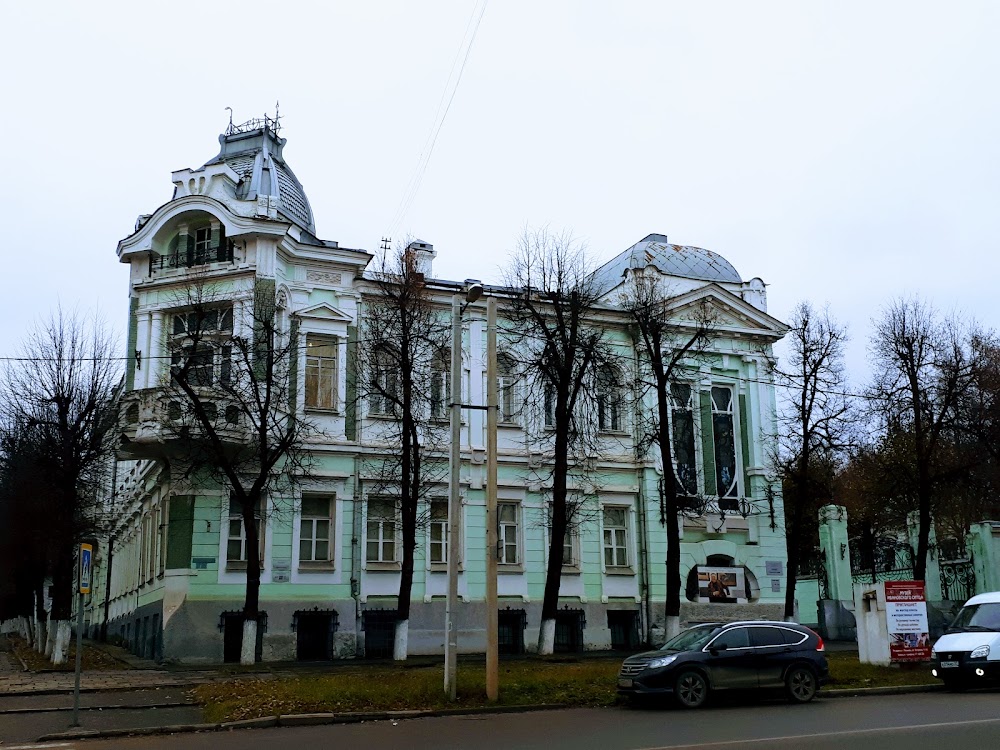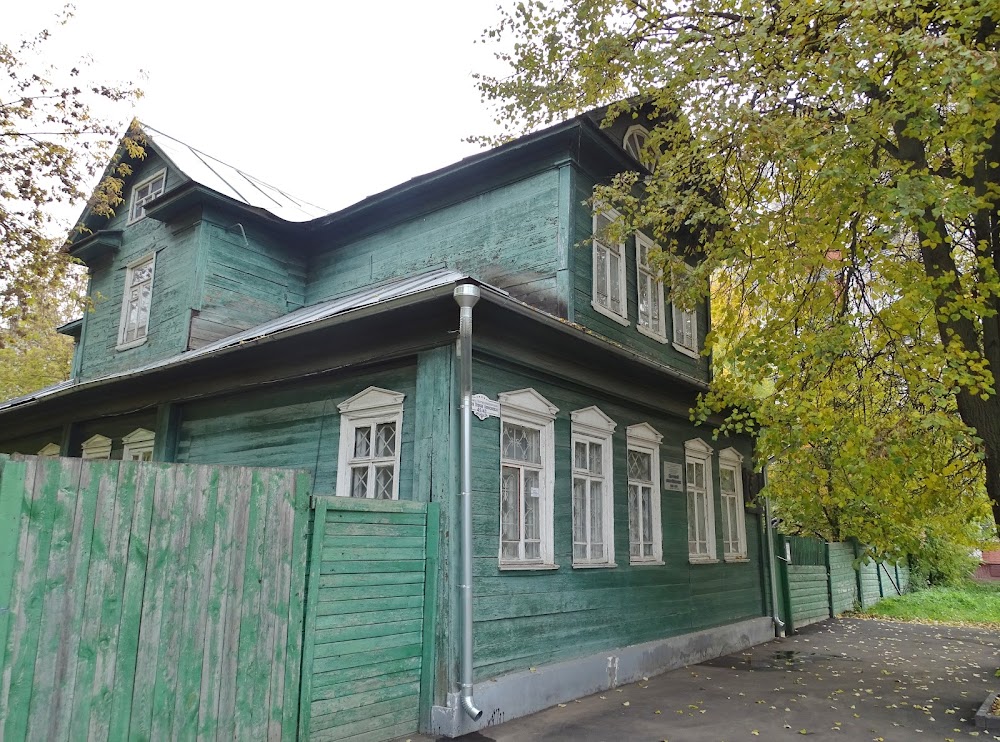Arkhangelskoye Estate (Усадьба Архангельское)
Overview
The **Museum-Estate Arkhangelskoye**, nestled in the picturesque village of Arkhangelskoye within the Ivanovo Oblast of Russia, is a historical treasure that beautifully encapsulates the opulence and cultural richness of the Russian aristocracy. This magnificent estate enchants visitors with its architectural grandeur, artistic splendor, and significant historical narrative, offering a glimpse into the life of Russia's elite.
The construction of the Arkhangelskoye Estate commenced in the late 18th century, around 1780. Initially commissioned by **Prince Nikolai Yusupov**, a notable figure in Russian high society and the imperial court, the estate was envisioned as a masterpiece that harmoniously blended traditional Russian elements with Western European influences. This fusion symbolized Russia's embrace of European art and architecture, showcasing a pivotal moment in the country's cultural evolution.
Renowned architects were instrumental in the estate's design, including **Giacomo Quarenghi**, celebrated for his neoclassical works in Saint Petersburg, and **Karl Blank**, a prominent Russian architect recognized for his classicist style. Together, they crafted a stunning blend of neoclassicism and Russian traditionalism that is still evident throughout the estate today.
At the heart of the estate lies the **Grand Palace**, an impressive edifice inspired by Italian Renaissance architecture. This stately building boasts seven expansive halls, each adorned with exquisite artworks, luxurious furnishings, and intricate stuccoes. Visitors can admire a rich collection of paintings, sculptures, and decorative arts that Prince Yusupov gathered during his extensive travels across Europe.
Surrounding the Grand Palace is a breathtaking park and garden complex, meticulously designed based on the principles of French and English landscape architecture. The gardens feature perfectly trimmed hedges, elegant flowerbeds, and serene water features, creating a tranquil oasis. A highlight of the gardens is the **Temple of Apollo**, an exquisite neoclassical structure set amidst clear ponds and topiaries, further enhancing the estate's timeless charm.
The estate also includes several smaller structures, such as a chapel, an orangery, and guest pavilions, each showcasing its own unique architectural style and purpose. The **chapel**, dedicated to the Archangel Michael, provides the estate with its name and serves as its spiritual center, adorned with beautiful religious iconography and frescoes that reflect its sacred heritage.
Throughout the 19th and 20th centuries, the Arkhangelskoye Estate changed hands multiple times but managed to retain its grandeur and importance. After the Russian Revolution, the estate was nationalized and transformed into a museum, preserving its rich history and allowing visitors to explore the aristocratic lifestyle of its former inhabitants.
The estate faced numerous challenges during the Soviet era, including neglect and damage from World War II. However, dedicated restoration efforts were initiated to preserve its historical integrity, with projects continuing into the late 20th and early 21st centuries. These efforts have ensured that the estate remains a vibrant cultural and educational hub.
Today, the **Museum-Estate Arkhangelskoye** attracts tourists and history enthusiasts alike. Visitors are invited to explore the grand halls, view the extensive art collection, and wander through the beautifully maintained gardens. The estate also hosts a variety of cultural events, exhibitions, and educational programs, ensuring that the legacy of its historical and artistic contributions continues to thrive.
The Arkhangelskoye Estate stands as more than just an architectural marvel; it is a living testament to Russia's noble heritage, artistic achievements, and the enduring allure of its historical landmarks. It embodies the vision and passion of those who constructed it and highlights the ongoing efforts to preserve this remarkable site for future generations.


